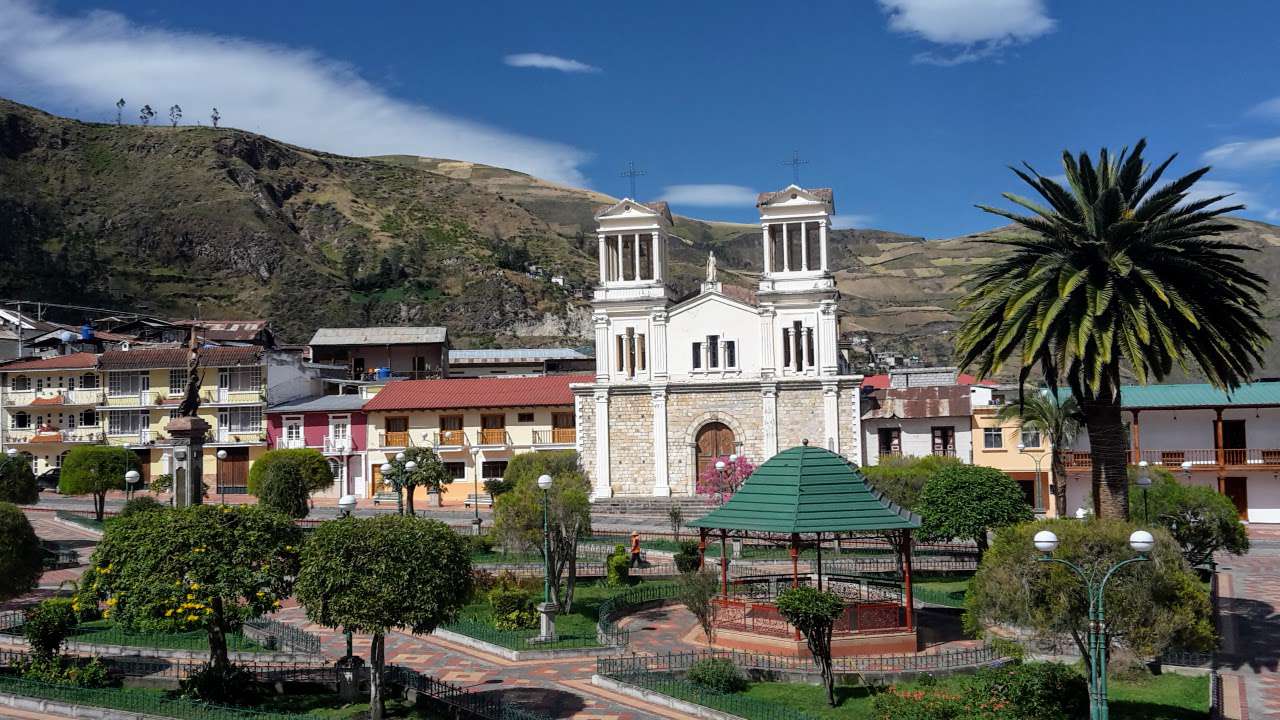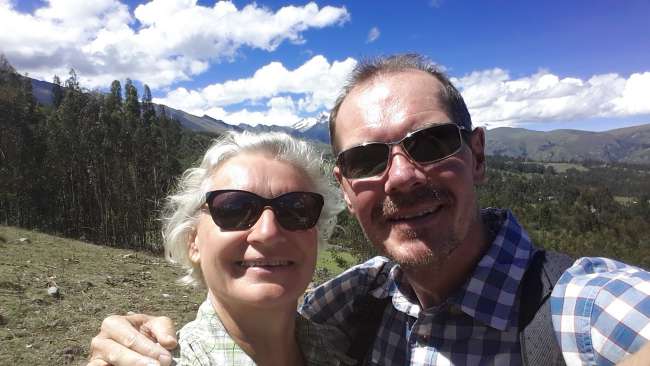Arequipa and Lake Titicaca
ተሓቲሙ: 23.06.2017
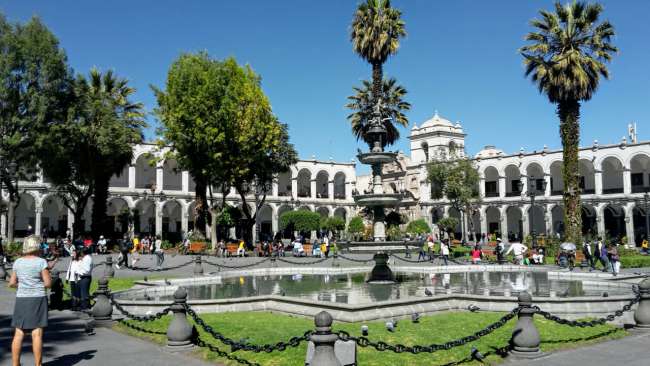
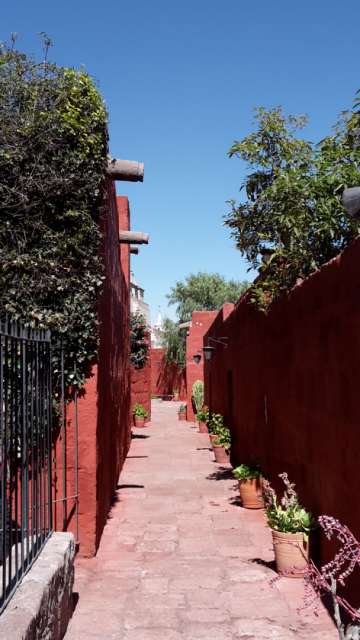
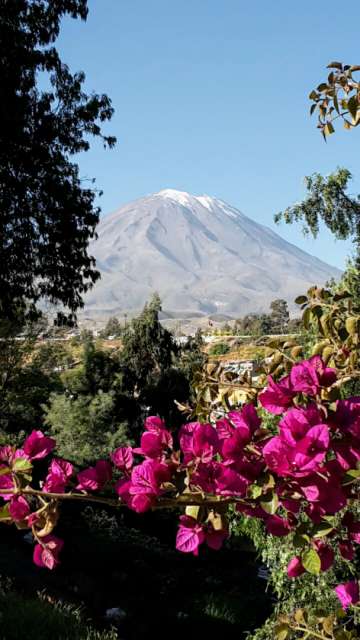
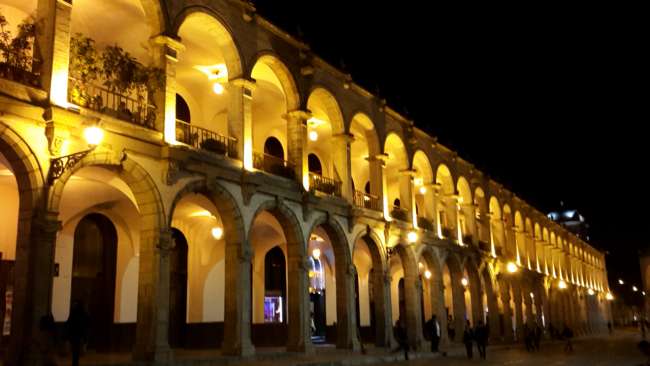
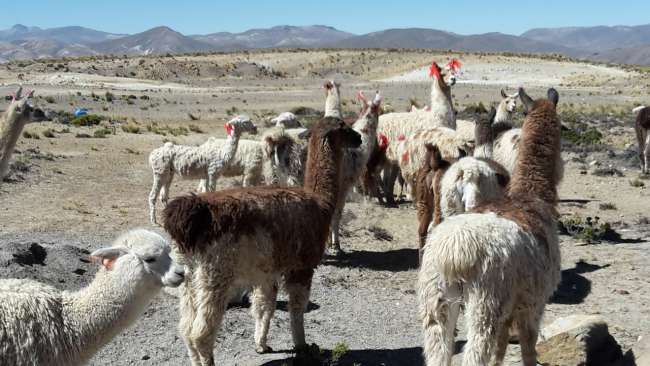
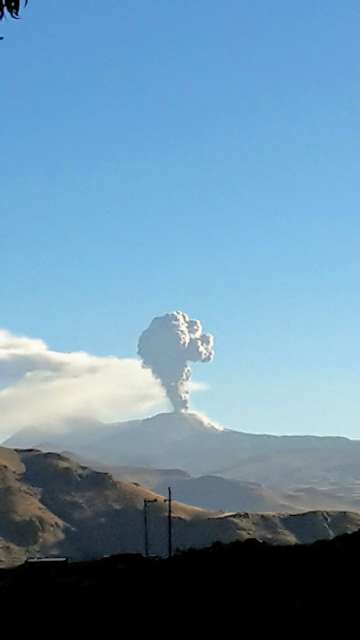
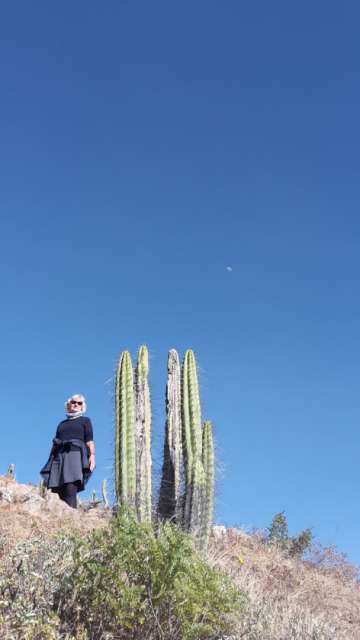
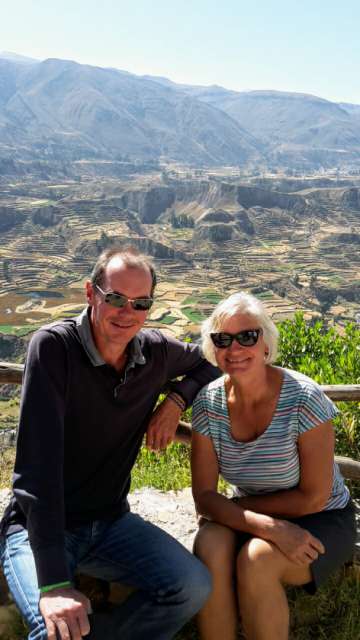
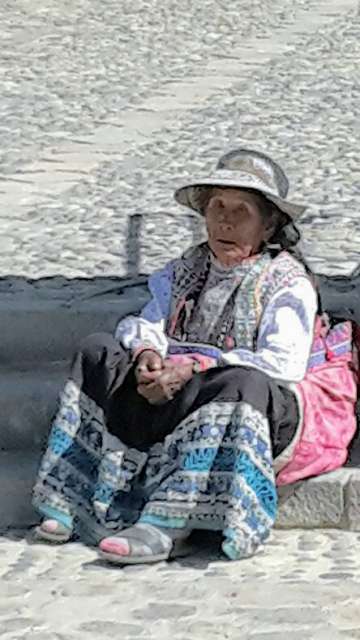
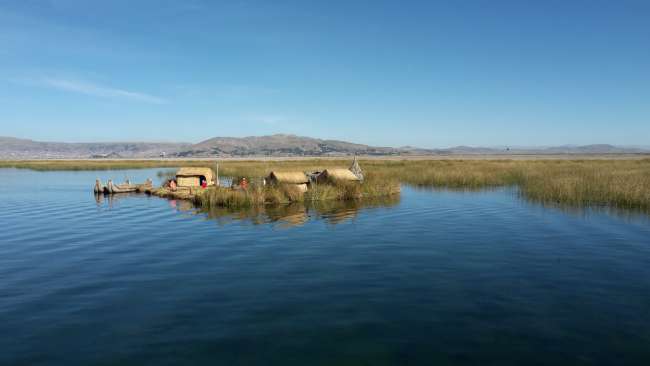
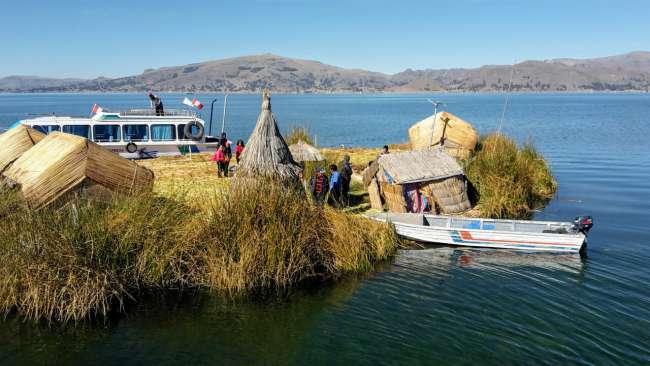
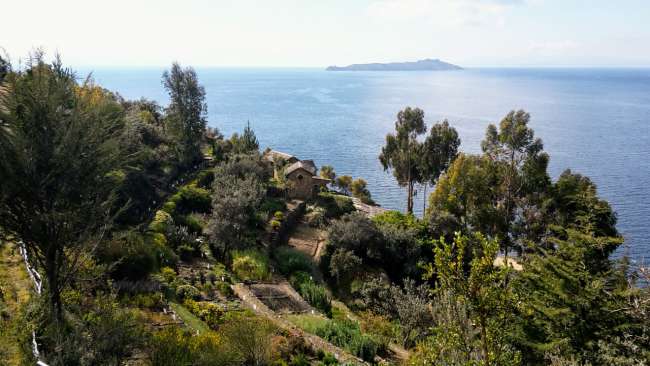
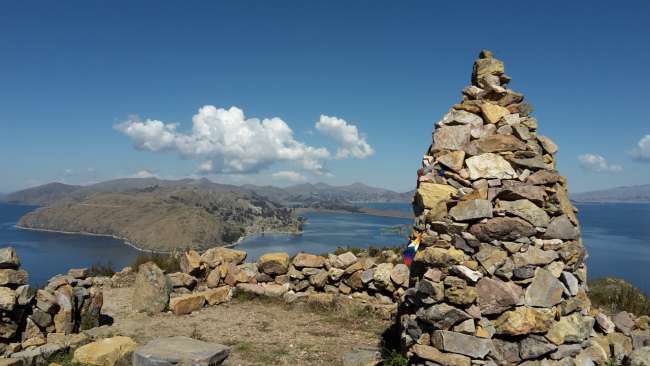
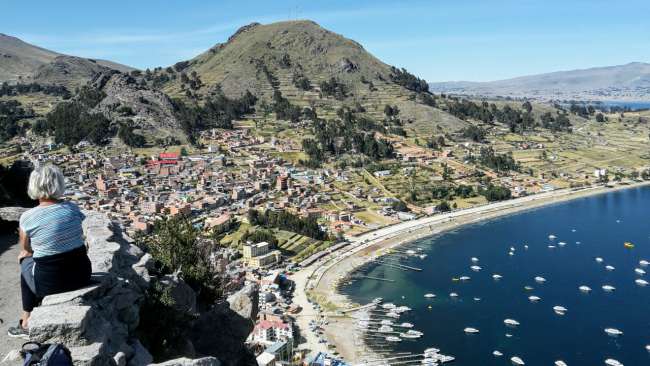
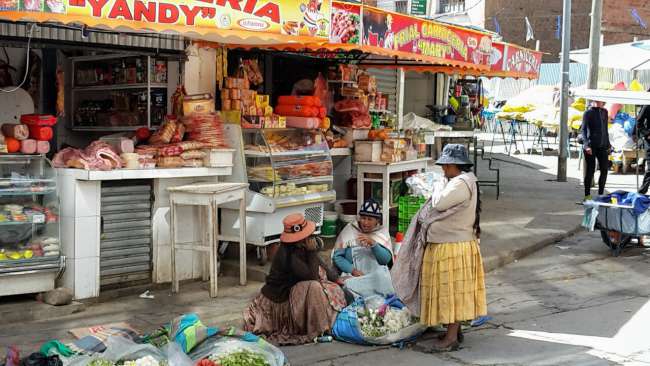

ንዜና ሳብስክራይብ ግበሩ
After spending a relatively long time in Cusco, we decided to make a detour to the white city of Arequipa on our way to Bolivia. This city in southern Peru is truly worth seeing with its many old colonial buildings, the Plaza de Armas (which exists in almost every Peruvian city) and especially the extensive Santa Catalina Monastery, the city within a city. This partially well-preserved monastery gained international attention in 1985 when the pope declared the former prioress born in 1683 as blessed.
From here, we started a two-day tour to the Colca Canyon. First, we went through the highlands with a view of some volcanoes, one of which constantly spewed ash clouds. We saw terraces that were already built by the Incas, plants that grow only one millimeter per year, and old churches.
On the second day, we left early for the canyon to experience the flight of the condors, which use the morning updrafts in the gorge. It was very impressive to see these majestic birds against the breathtaking backdrop of the canyon.
From Arequipa, we then traveled to Puno on Lake Titicaca. It was nice to be by the water again. In bright sunshine, we visited the floating islands of the Uros people by boat and could not believe the simple conditions under which people live there. On the next island, Taquile, we learned a lot about the culture and customs of the residents.
After two days, we crossed the border to Copacabana, a small resort town in Bolivia. By the way, this largest pilgrimage site in Bolivia was the namesake of the famous beach in Rio. We were here for two days as well, took a boat tour on Lake Titicaca, and visited the Isla del Sol, which is believed to be the cradle of the Incas.
From Copacabana, we continued to the million city of La Paz, which fortunately we left after one day. La Paz is incredibly ugly, dirty, and loud - we have never seen such a dreadful city. The only positive thing was the view that awaited us when a huge sea of lights appeared in front of us at night.
We noticed a significant difference between Peru and Bolivia: Bolivia is much dirtier. Even on the sacred mountain of the Virgin of Copacabana, there are piles of plastic bottles; in the streets of the cities as well. Often, the garbage piles are additionally rummaged through by stray dogs.
In general, we find South America much less dangerous than we feared. We feel very comfortable and safe here - the people are very nice and helpful.
Generally, this type of traveling here in South America requires some getting used to for us. Buses take you from point A to point B, and locally, you can only book bus or boat tours. Sometimes we miss the independence we had in New Zealand with our own car.
Currently, we are sitting in a small restaurant in Uyuni, the starting point for our tour of the salt flats. It is incredibly cold; when we arrived at 6:00 a.m. today, it was minus 6 degrees. No house here is equipped with heating, only the restaurants sometimes have a gas patio heater in the dining area. During the day, when the sun is shining, the temperatures are pleasant at 15-18 degrees. The cold in the evening and especially at night has been with us - with short interruptions - for two months, and it is slowly taking its toll on us. We are both sick, and we long for warm rooms and cozy evenings on the balcony.
After the tour of the Salar de Uyuni, we will spend about a week in the Amazon region in the warmth (we'll tolerate the mosquitoes, snakes, crocodiles...😉).
ንዜና ሳብስክራይብ ግበሩ
መልሲ (2)
Kai
Hallo aus Heimat. Die Berichte und natürlich die Fotos von 44/45 sind klasse. Live wohl noch imposanter. Nun geht's also vollgestopft mit roten Blutkörperchen aus der Höhe wieder auf NN. Bin gespannt, ob es euch im Regenwald gefällt. Eine Frage, wo eure Reise so langsam endet. Habt ihr irgendwas vermisst? LG KaiTorsten
Hi nach Delmenhorst,
ja, wir haben schon ab und zu so einiges vermisst: unsere Kinder, Freunde, Familie.Und wir wissen den Luxus zu schätzen, immer ein warmes zuhause zu haben! Gerade in den letzten Tagen haben wir bei zweistelligen Minusgraden in einem "Rohbau" ohne Heizung geschlafen; Frühstück bei Minusgraden mit Mütze und Handschuhe. Wollen jetzt nur noch Wärme😰 Bis bald